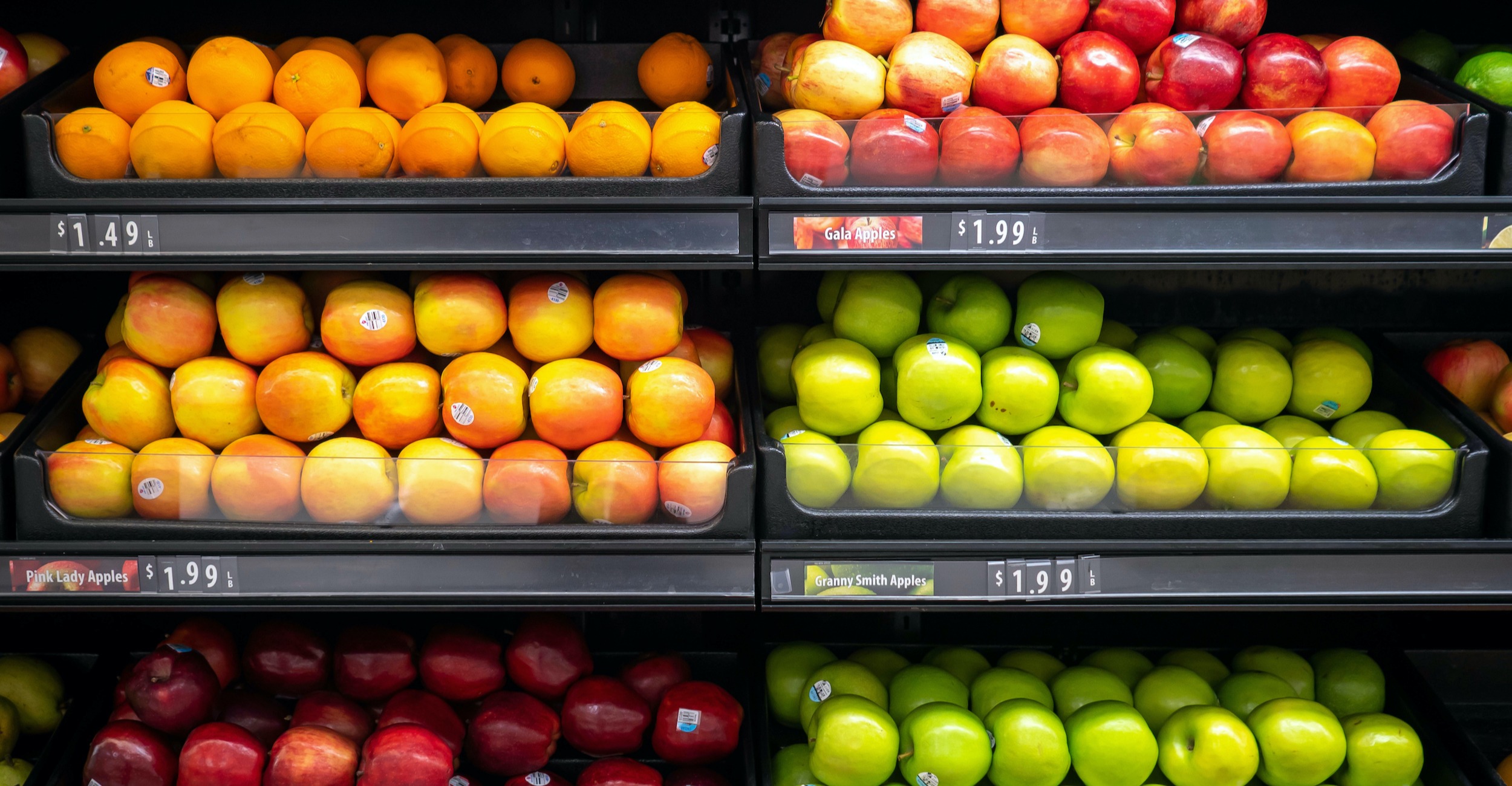
Food prices fluctuate with labor and supply shortages
Monday, August 23, 2021
Media Contact: Gail Ellis | Communications Specialist, Copywriter | 620-515-2498 | gail.ellis@okstate.edu
It’s happening at big box chain stores and locally owned markets. After the rush of panic buying a year ago, a few empty shelves still haunt grocery stores, and food costs continue to climb.
The U.S. Department of Labor reports that in the past 12 months since July 2020, the consumer price index has increased 5.4%, including a 2.6% in food at home prices. Meat, poultry, fish and eggs cost 5.9% more than they did last July, and meals prepared outside of the home are 4.6% more expensive.
In a world still battling COVID-19, higher energy and labor prices are behind the jump in grocery bills.
“We’ve never gotten beyond the labor issues. There are still a lot of people out of work, and businesses are scrambling to find workers,” said Rodney Holcomb, Oklahoma State University Extension specialist in food economics.
The nationwide workforce shortage, which includes truck drivers and warehouse workers, as well as employees at restaurants and retail supermarkets, “slows down the movement of products through the marketing chain,” Holcomb said. “If we’re pinching down on supply, then prices are going to go up.”
It’s the textbook definition of supply and demand. When supplies are low and few workers are available to ship the product, consumers can expect higher costs. Holcomb said fuel is a good example: Supply levels dropped, and oil companies downsized their personnel departments in 2020. A year later, motorists are paying $1 more per gallon.

Holcomb also busted the theory that locally grown or manufactured products are sold at lower prices because fewer miles to transport equates to lower fuel costs.
“That’s not true. It costs a whole lot less money per pound to move 40,000 pounds of fresh produce 500 miles than it does to move 40 pounds of produce 50 miles to a farmers market … and with less waste too,” he said.
The economies of size and scale in both production and distribution are major factors in Holcomb’s price comparison. Although the cost of driving a semitruck one mile is higher than the cost of driving a farm truck one mile, the semi carries much more product. Therefore, the per-pound cost of transporting 40,000 pounds of food one mile by semi is much smaller than the per-pound cost of transporting 40 pounds or even 400 pounds one mile by farm truck. As a result, large quantities of food in refrigerated semis are moved much more efficiently over longer distances than small quantities of food transported short distances using cars or pickups.
Benefit analysis prioritizes sending products to large population centers where the most consumers can be served with limited resources. This could result in delays to locally owned stores in small towns and rural areas. Clifford Brinson, owner of Laverne Venture Foods in Harper County, said he is already experiencing the snowball effects of higher fuel prices and labor shortages. Flour, sugar, other baking goods, paper products and even condiments, such as ketchup, are in short supply.
“Our warehouse isn’t receiving the amount of product it usually does because things aren’t in stock anymore,” Brinson said. “Name brand items are harder to get, so we try to compensate with off-brand options.”
Hiring workers also has proven difficult. Laverne Venture Foods is down several employees, forcing management to work overtime. On the bright side, in a town of around 1,700 people, Brinson said he’s grateful for loyal shoppers who support a local business instead of driving 40 miles to the closest big box store.
“We’re very fortunate to have a community that helps and understands the current challenges in the market,” he said.
Food delivery services along with curbside pickup features at larger chain stores also play a role in setting food prices. While many consumers discovered the convenience and safety of these services during the pandemic, each one charges a fee that is factored into the total bill.
What does the future hold? Holcomb said there are too many variables to predict food prices for the remainder of 2021.
“If businesses start to shut down again because of the delta variant, we might see people return to stockpiling. That will push prices up too,” Holcomb said. “We saw it last year in meat processing facilities and with the labor used to pick fresh produce — if enough people are out of work, the supply chain will get pinched again.”
In a volatile consumer market, take an opportunity to review monthly spending habits and look for ways to tighten the budget. Cindy Clampet, an OSU Extension specialist in human development and family science, offers the following money-saving tips for grocery shopping.
- Comparison shop for frequently purchased items. Consider coupons and other stores.
- Avoid purchasing groceries at convenience stores or gas stations.
- Focus less on name brands. Off-brand items may be cheaper.
- Buying in bulk may not save money. Conduct unit pricing of desired items to determine potential savings.
- Stock up on items used most often if they are on sale.
- Be intentional with meal planning. Survey refrigerator and cabinets to determine what needs to be consumed first before shopping.
- Plan for leftovers.
- At work, bring lunch, snacks and drinks from home instead of eating out or snacking from a vending machine.
- Avoid eating out. If on a budget, reserve dining out for special occasions.
- Use rice and beans as nutritious extenders for meals — shop for 100% whole wheat items.
- Avoid impulse buys on snack items such as chips, crackers, cookies and soda pop.
